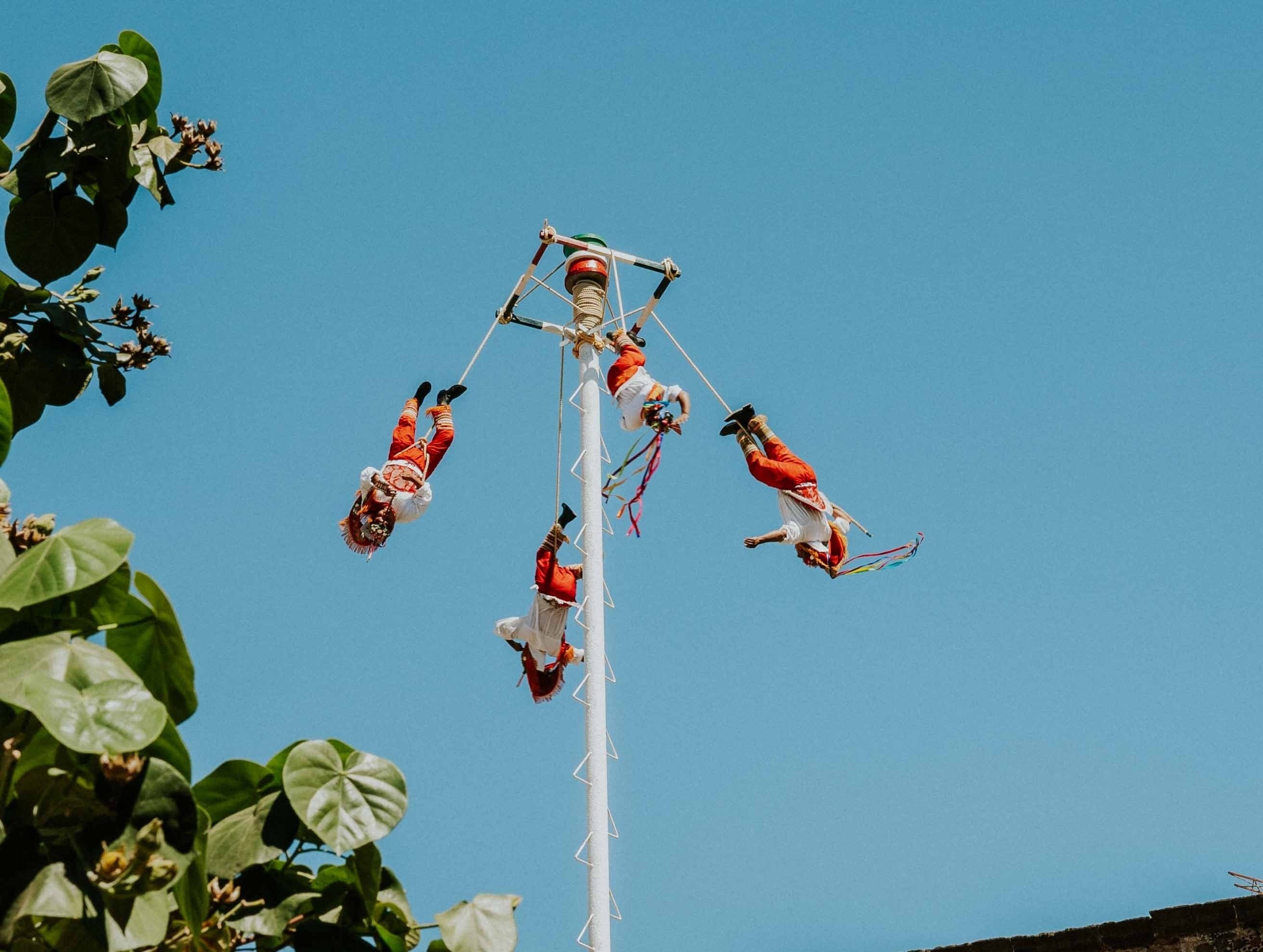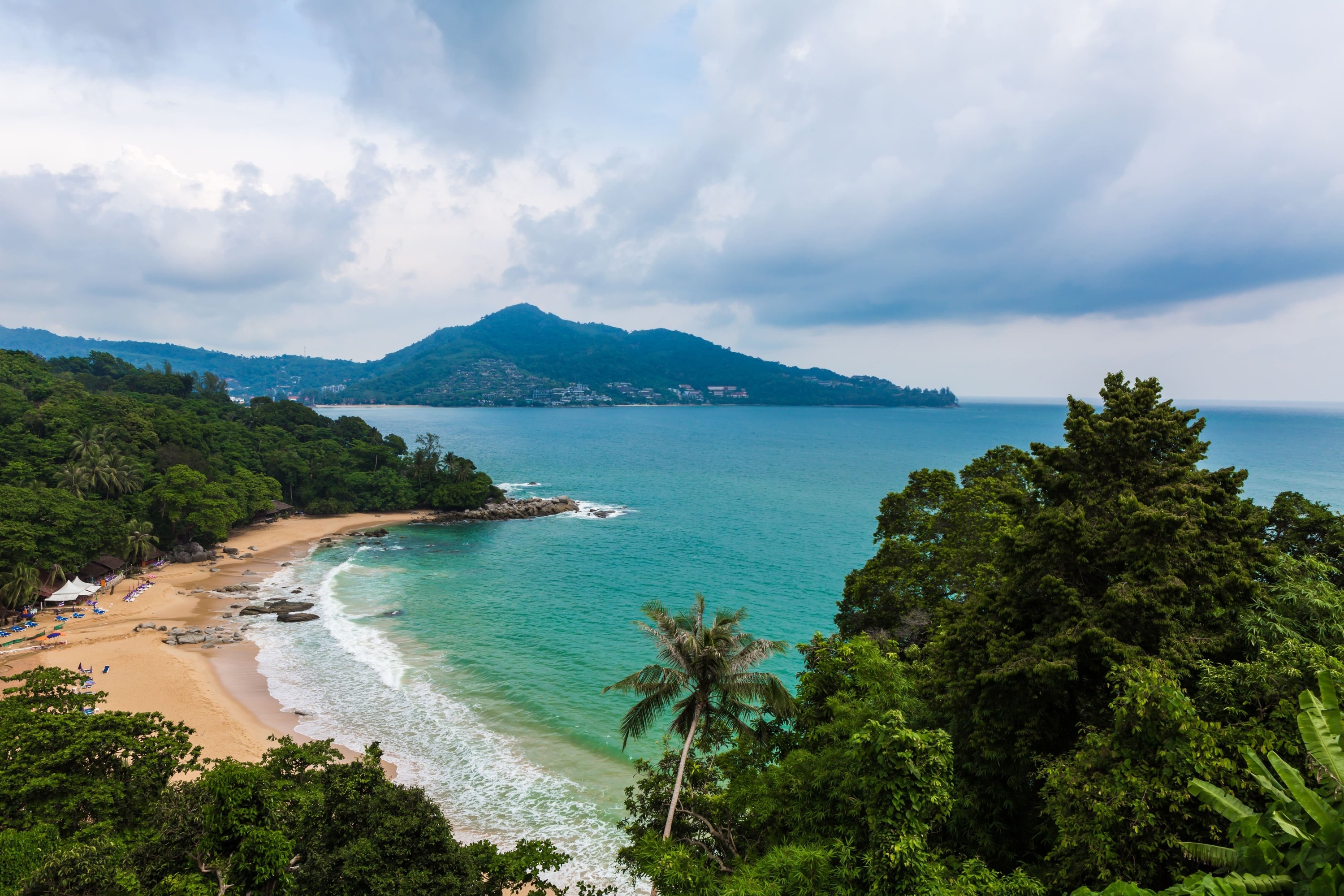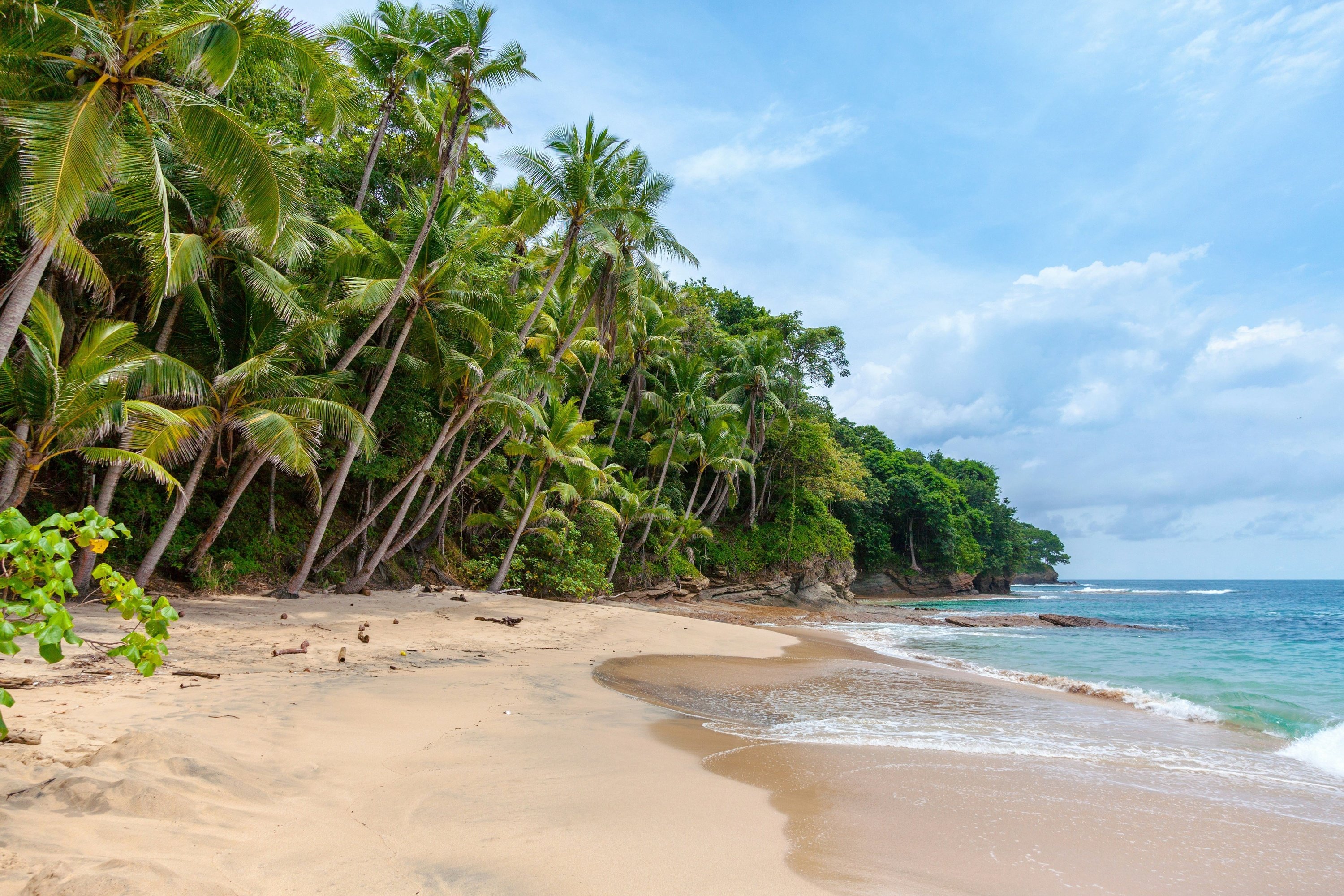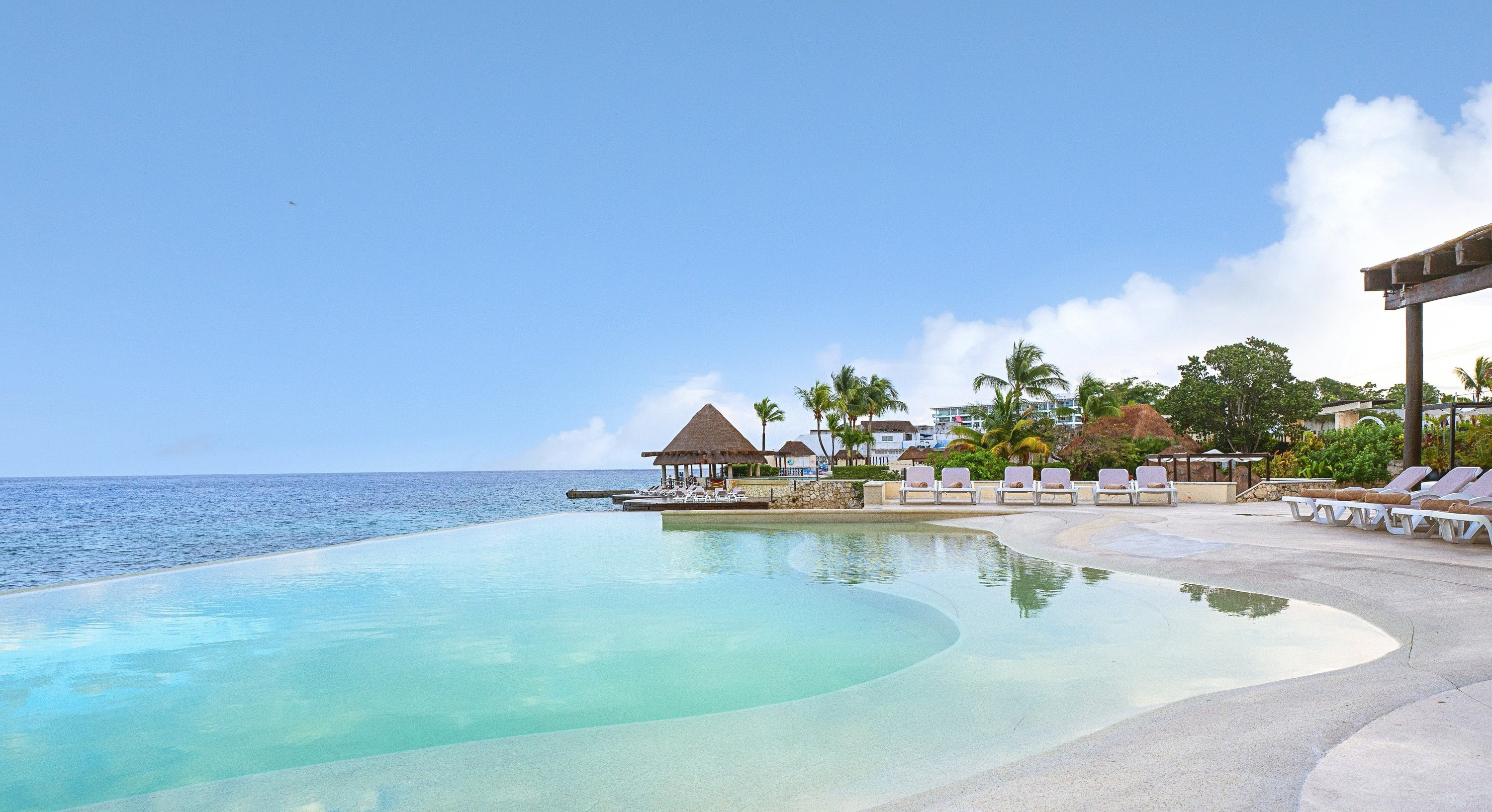Papantla Flyers
Destinations 22/08/2023
One of the Mexican states with the best preservation of traditions, culture and customs, enriches the cultural identity of our country. In this sense, we want to talk about a ceremony that has transcended borders: the Papantla flyers..
The Papantla flyers have their roots in pre-Hispanic times, although an exact start date cannot be established. There is a legend that explains the beginning of this ceremonial dance.
As the story goes, during a dry season in Totonacapan (currently on the border between Puebla and Veracruz), a group of wise men asked young virgins to find the tallest tree to use in a ritual that included dance and music. The ceremony was performed at the top of the trunk, in the belief that faith-filled prayers would reach the gods who protected them from above.
With the purpose of asking the gods for mercy and bringing back the rains and fertility of the earth, the ritual was carried out. Since then, the ceremony has been held annually as thanks to the gods.
The Papantla flyers, also known as Earth Birds, perform an annual fertility ritual. The foreman, guide of the dancers, begins the ceremony looking for the appropriate tree.
Once the tree is found, all the participants dance around it, inclining their bodies while they expel burning water in the 4 cardinal points. The tree trunk is then cut and filed, and raised to a height of 18 to 30 meters using jars for support. There is a belief that the tree should not touch the ground, as it would bring bad luck.
Then a hole is dug in the ground to bury the trunk and a rope ladder is placed so that the dancers can climb to the top. An altar is also placed with offerings to the gods, such as white flowers, tobacco, incense, bean tamales, candles, holy water, brandy and two masks representing the owners of the dance.
The Papantla flyers salute the Sun and ask for the arrival of rain and the fertilization of the earth. Each of the 4 dancers symbolizes one of the cardinal points, and when they descend to the ground, it represents the fall of rain.
The 4 dancers represent the cardinal points, while the caporal, who plays the flute and drum, symbolizes the center of the earth.
During the ceremony, the young people climb the pole, made from the freshly cut trunk, at a height of 18 to 40 meters. Sitting at the top, the foreman plays the flute and the drum in honor of the Sun. The flyers jump into the void supported by ropes, imitating the flight of birds. They gradually descend to the ground, thus ending the ceremony.
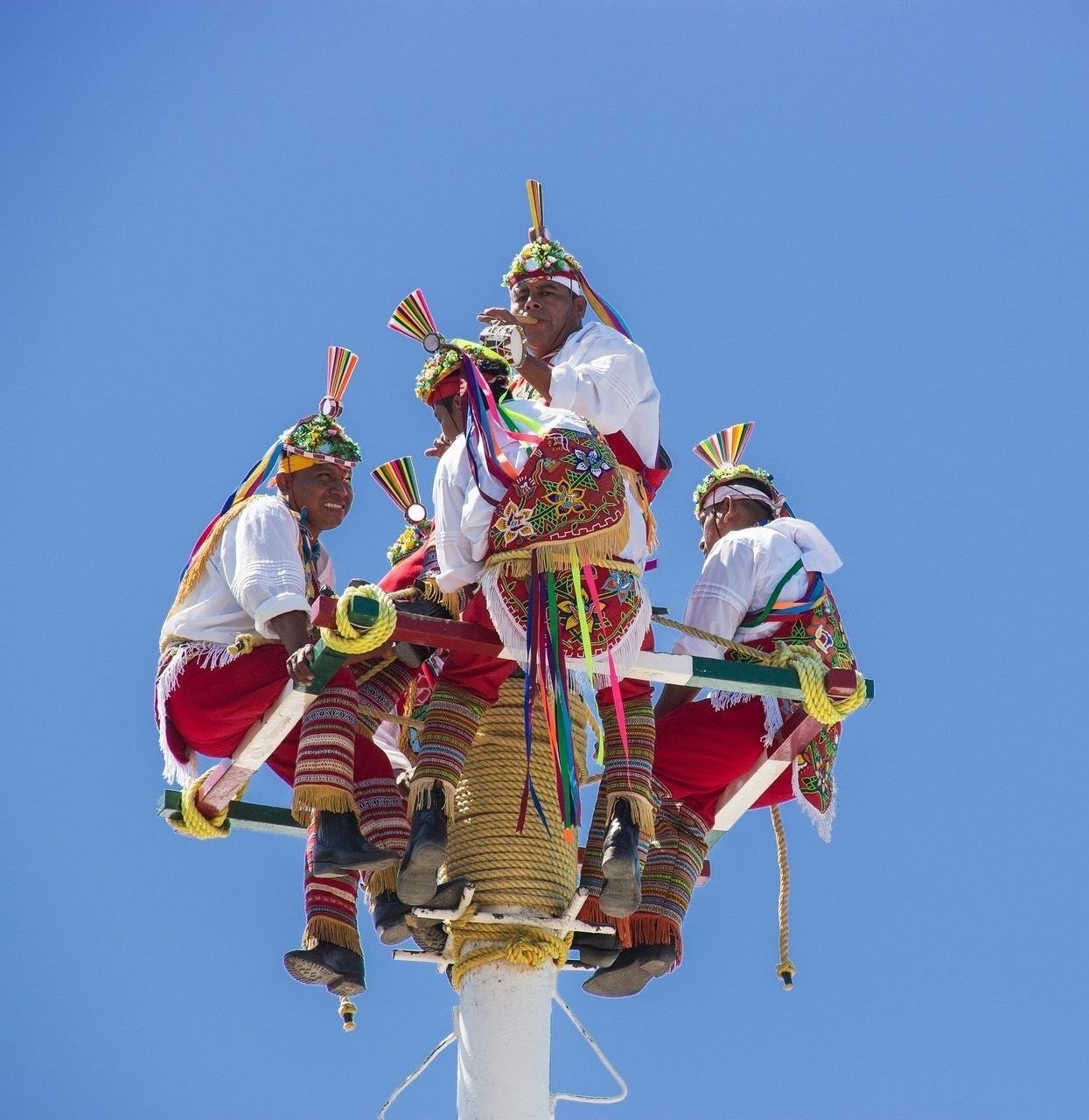
The Papantla flyers, known as "the city of noisy birds", are recognized as Intangible Cultural Heritage of Humanity by UNESCO. This beautiful tradition from Veracruz highlights the importance of the Totonac identity in Mexico.
The Papantla flyers wear a conical hat with a quetzal-shaped plume, a white shirt adorned with mirrors representing the sun's rays, colored ribbons symbolizing the rainbow, flowers woven on the chest and belt as a symbol of fertility, and red pants that represent the blood of the deceased dancers.
The dance of the Papantla flyers is a valuable tradition for Mexicans and a heritage for all humanity. We hope these customs continue to enhance the richness of our national identity over time.
Where to see these Papantla flyers? In Puerto Vallarta it is possible to appreciate and live a ritual declared Intangible Cultural Heritage of Humanity by Unesco. This captivating event takes place in the central square of the Malecón every day at 6:00 pm. Just 10 minutes from our hotels Grand Park Royal Puerto Vallarta and Park Royal Homestay Los Tules de Puerto Vallarta.
This cultural attraction has become a deeply rooted tradition in the Vallarta community. Against the backdrop of spectacular sunsets, the sea and nature, this ritual unfolds like a perfect and magical spectacle.
Witnessing this ritual in Puerto Vallarta is a unique experience that combines history, culture, and natural beauty. Don't miss your chance to immerse yourself in this enchanting event that leaves a lasting impression on all its viewers.
What is its origin?
The Papantla flyers have their roots in pre-Hispanic times, although an exact start date cannot be established. There is a legend that explains the beginning of this ceremonial dance.
As the story goes, during a dry season in Totonacapan (currently on the border between Puebla and Veracruz), a group of wise men asked young virgins to find the tallest tree to use in a ritual that included dance and music. The ceremony was performed at the top of the trunk, in the belief that faith-filled prayers would reach the gods who protected them from above.
With the purpose of asking the gods for mercy and bringing back the rains and fertility of the earth, the ritual was carried out. Since then, the ceremony has been held annually as thanks to the gods.
What does the ritual consist of?
The Papantla flyers, also known as Earth Birds, perform an annual fertility ritual. The foreman, guide of the dancers, begins the ceremony looking for the appropriate tree.
Once the tree is found, all the participants dance around it, inclining their bodies while they expel burning water in the 4 cardinal points. The tree trunk is then cut and filed, and raised to a height of 18 to 30 meters using jars for support. There is a belief that the tree should not touch the ground, as it would bring bad luck.
Then a hole is dug in the ground to bury the trunk and a rope ladder is placed so that the dancers can climb to the top. An altar is also placed with offerings to the gods, such as white flowers, tobacco, incense, bean tamales, candles, holy water, brandy and two masks representing the owners of the dance.
The Papantla flyers salute the Sun and ask for the arrival of rain and the fertilization of the earth. Each of the 4 dancers symbolizes one of the cardinal points, and when they descend to the ground, it represents the fall of rain.
Highlighted Features
The 4 dancers represent the cardinal points, while the caporal, who plays the flute and drum, symbolizes the center of the earth.
During the ceremony, the young people climb the pole, made from the freshly cut trunk, at a height of 18 to 40 meters. Sitting at the top, the foreman plays the flute and the drum in honor of the Sun. The flyers jump into the void supported by ropes, imitating the flight of birds. They gradually descend to the ground, thus ending the ceremony.

The Papantla flyers, known as "the city of noisy birds", are recognized as Intangible Cultural Heritage of Humanity by UNESCO. This beautiful tradition from Veracruz highlights the importance of the Totonac identity in Mexico.
Typical costume of Papantla Flyer
The Papantla flyers wear a conical hat with a quetzal-shaped plume, a white shirt adorned with mirrors representing the sun's rays, colored ribbons symbolizing the rainbow, flowers woven on the chest and belt as a symbol of fertility, and red pants that represent the blood of the deceased dancers.
The dance of the Papantla flyers is a valuable tradition for Mexicans and a heritage for all humanity. We hope these customs continue to enhance the richness of our national identity over time.
Papantla Flyers in Puerto Vallarta
Where to see these Papantla flyers? In Puerto Vallarta it is possible to appreciate and live a ritual declared Intangible Cultural Heritage of Humanity by Unesco. This captivating event takes place in the central square of the Malecón every day at 6:00 pm. Just 10 minutes from our hotels Grand Park Royal Puerto Vallarta and Park Royal Homestay Los Tules de Puerto Vallarta.
This cultural attraction has become a deeply rooted tradition in the Vallarta community. Against the backdrop of spectacular sunsets, the sea and nature, this ritual unfolds like a perfect and magical spectacle.
Witnessing this ritual in Puerto Vallarta is a unique experience that combines history, culture, and natural beauty. Don't miss your chance to immerse yourself in this enchanting event that leaves a lasting impression on all its viewers.



